Key Takeaways:
- Adequate hydration, a healthy diet, and regular monitoring are important steps in preventing and keeping kidney stones at bay.
- Natural techniques for preventing kidney stones include reduction of sodium intake, increasing intake of dietary fiber, and substituting plant proteins for animal proteins.
- Medical techniques for preventing kidney stone occurrence or recurrence include modifying diet, taking prescription medications, and using medical devices.
 Kidney stones are one of the most common urological disorders, but many people do not know how to reduce the risks associated with their occurrence. In this article, we will discuss five strategies for preventing and managing kidney stones. Additionally, we will offer encouraging words for those at risk for recurrent stones. This is especially relevant for those who have already endured the painful experience and want to avoid it.
Kidney stones are one of the most common urological disorders, but many people do not know how to reduce the risks associated with their occurrence. In this article, we will discuss five strategies for preventing and managing kidney stones. Additionally, we will offer encouraging words for those at risk for recurrent stones. This is especially relevant for those who have already endured the painful experience and want to avoid it.
I. INTRODUCTION
Kidney stones are mineral deposits that form inside the kidneys. These can cause severe pain and complications if they are allowed to grow and move. The causes of kidney stones can vary. They range from an inherited condition to something as simple as a change in diet or dehydration. Risk factors associated with the formation of stones include family history, diet, reduced urinary citrate, and low urine pH. People of all ages are at risk of developing kidney stones, but women and people of older age are at higher risk.
II. NATURAL PREVENTION TECHNIQUES
Fortunately, there are several natural strategies for reducing the likelihood of forming kidney stones.
Adequate Hydration: The first and most important preventive measure is to drink plenty of fluids each day. Ideally, one should aim for at least 64 ounces per day. Increasing fluid intake has a significant effect on kidney stone prevention. It decreases the likelihood that crystals will form in the urine. Additionally, it stimulates the production of more dilute urine, both of which help eliminate existing or forming stone material.
Reduction of Sodium Intake: Sodium has a strong association with the production of calcium stones. Therefore, decreasing its intake is a great strategy for preventing and managing kidney stones.
Include Foods Rich in Magnesium, Calcium, and Citrates: Increasing consumption of foods rich in calcium, magnesium, and citrates offers effective stone prevention. These elements bind to oxalate, reducing its absorption, and simultaneously promote the production of alkaline urine.
Increase Intake of Dietary Fiber: Increasing intake of dietary fiber has been linked to a reduced risk of kidney stone formation. This is because of its ability to reduce urinary oxalate levels and increase urinary citrate excretion.
Substitute Animal Proteins For Plant Proteins: Animal proteins can increase urinary calcium and uric acid stones, while plant proteins reduce the risk of calcium stone formation. It is recommended that protein intake from animal sources be limited and that plant sources be favored.
III. MEDICAL PREVENTION TECHNIQUES
As with any medical condition, a visit to a medical professional is recommended for those who think they might be at risk of developing kidney stones. A medical professional can make specific dietary recommendations, determine if any medications might be beneficial for preventing stones, or suggest the use of a medical device to break down existing stones.
Modify Diet as Recommended by Medical Professional: Your medical professional may have you adjust your diet to reduce the risk of kidney stones. This may include decreasing animal protein consumption, reducing sodium, increasing hydration, and increasing consumption of dietary fiber.
Prescriptive Medications: In some cases, medications may be prescribed to reduce the risk of kidney stones. Some of the most common medications are diuretics, thiazide diuretics, and phosphate binders.
Use of Medical Devices: In more severe cases, medical devices such as shock wave lithotripsy may be used to break down the existing stones.
IV. MONITORING
Monitoring can help determine if kidney stones are forming and can help figure out the appropriate treatment. Regular urinalysis, imaging studies, and blood tests should be done to monitor for the development of kidney stones.
V. CONCLUSION
Kidney stones can be painful and potentially lead to serious long-term consequences. Fortunately, there are many strategies for both preventing and monitoring kidney stones. Adequate hydration, healthy diet, and regular monitoring are key components of prevention and management.
We hope this article has provided helpful information for those at risk of kidney stones and a feeling of empowerment to take control of your own health. For those in the St. Petersburg area, the urologists at St Pete Urology are experts in the diagnosis and treatment of kidney stones and can be a great resource for finding support and preventing recurrence.
REFERENCES:
- “Kidney Stone Diet Plan and Prevention | National Kidney Foundation.” https://www.kidney.org/atoz/content/diet.
- “Kidney Stone Diet: 7 Tips from an Expert – Cleveland Clinic.” 14 Sep. 2021, https://health.clevelandclinic.org/kidney-stones-diet/.
- “Lithotripsy | Johns Hopkins Medicine.” https://www.hopkinsmedicine.org/health/treatment-tests-and-therapies/lithotripsy.



 Testicular cancer
Testicular cancer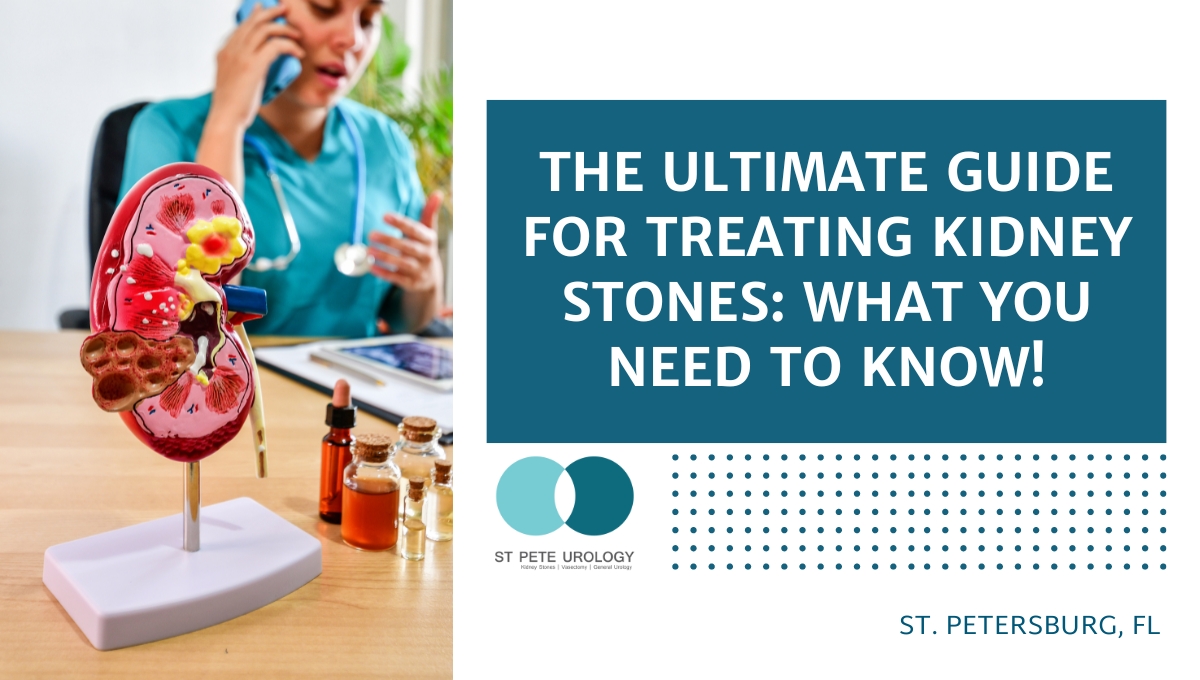
 Kidney stones, also known as renal calculi, are mineral deposits that form in the kidneys that can cause pain and discomfort. It is important to understand the causes, symptoms, diagnosis, and
Kidney stones, also known as renal calculi, are mineral deposits that form in the kidneys that can cause pain and discomfort. It is important to understand the causes, symptoms, diagnosis, and 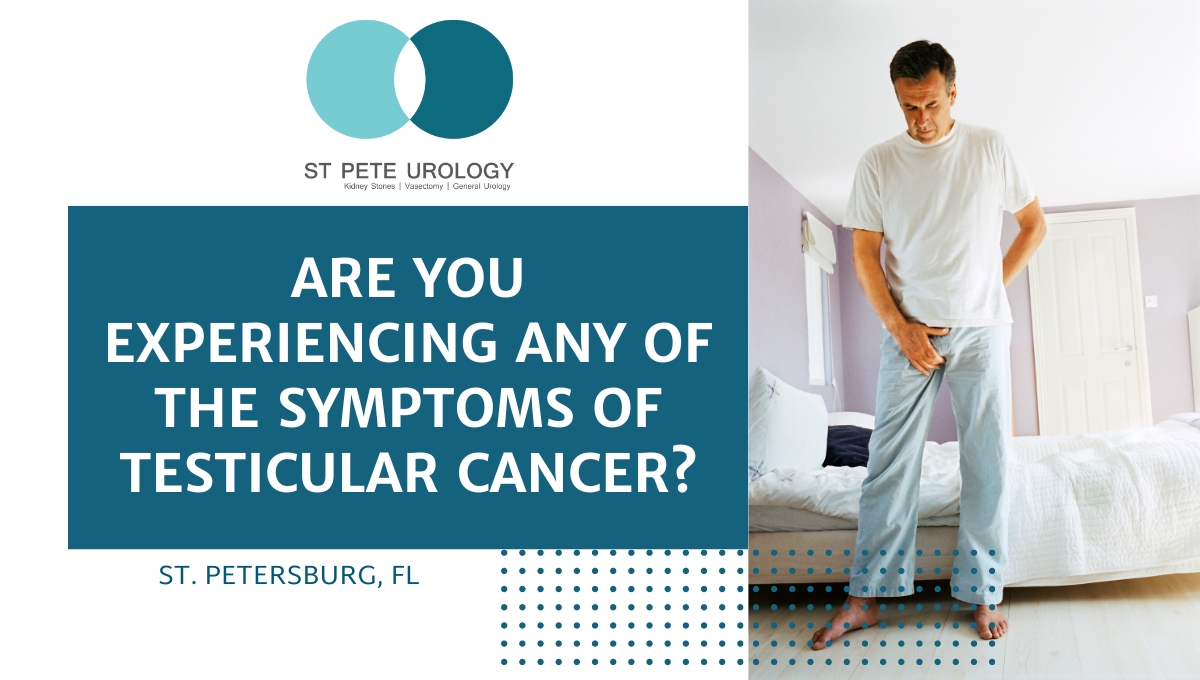
 Are you experiencing any of the symptoms of
Are you experiencing any of the symptoms of 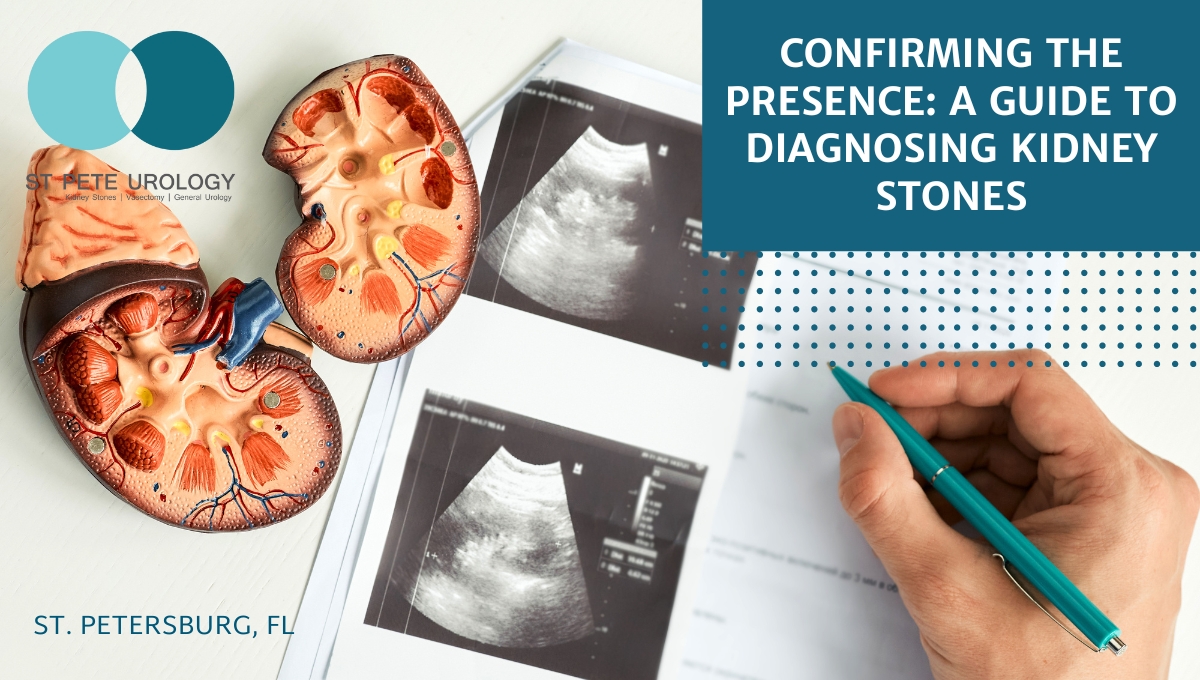
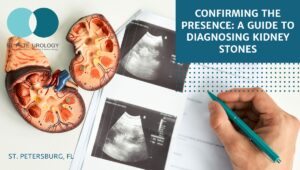 Kidney stones
Kidney stones
 Are you at risk of developing
Are you at risk of developing 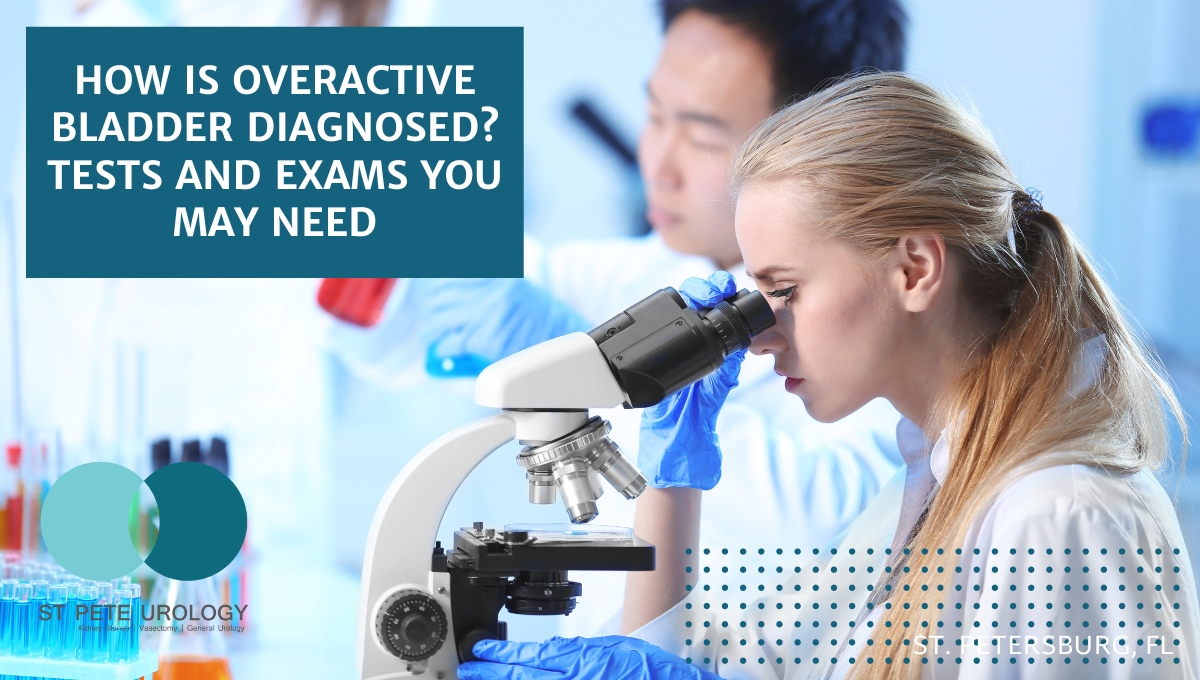
 Having a condition like an
Having a condition like an 
 Overactive bladder
Overactive bladder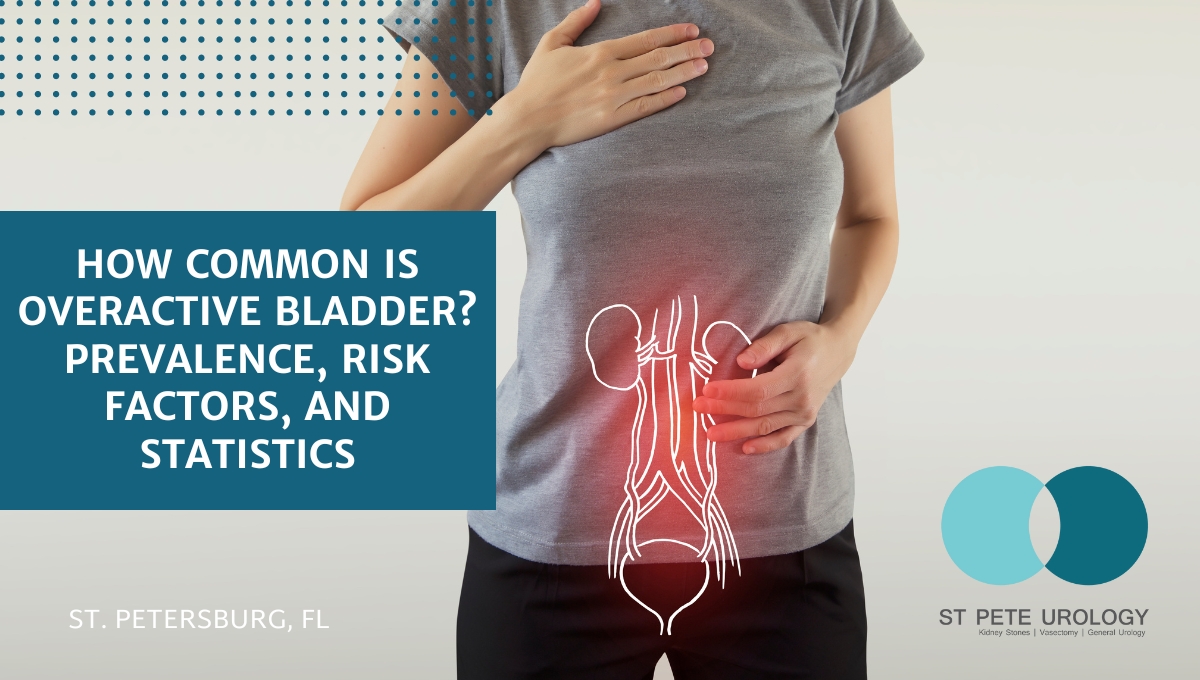
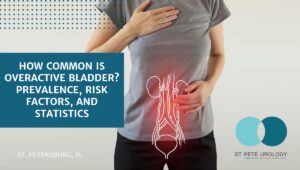 Overactive bladder
Overactive bladder
 Exercise is essential to maintaining good physical and mental health. Regular physical activity can reduce the risk of heart disease, diabetes, stroke, and mental health problems. Exercise can also improve bowel and bladder health, but this is not always the case.
Exercise is essential to maintaining good physical and mental health. Regular physical activity can reduce the risk of heart disease, diabetes, stroke, and mental health problems. Exercise can also improve bowel and bladder health, but this is not always the case.